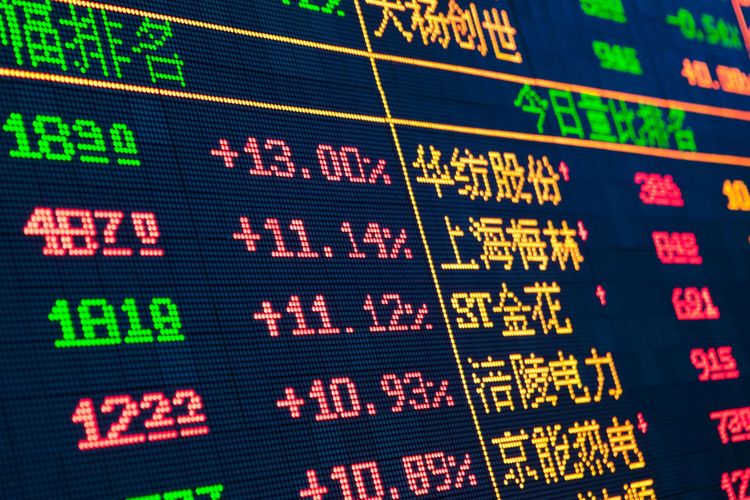China non-property POEs show slow recovery

According to a report called Natixis China Corporate Monitor 2023, which was published in July, businesses in China have had varied success compared to companies from other countries. State-owned enterprises (SOEs) that are controlled by the central government have managed to maintain steady growth. However, local SOEs and privately owned enterprises (POEs) have encountered difficulties.
The publicly listed operating entities (POEs) have witnessed a significant decrease in their leverage ratio and a reduction in the growth of capital expenditures. This has resulted in the emergence of early indicators of a balance sheet recession, primarily caused by a lack of confidence and strict regulatory measures. The report highlights that POEs, excluding the real estate industry that makes up 32% of all POEs based on their total assets, display higher profit margins and return on capital.
The recent announcement by the People's Bank of China and the National Administration of Financial Regulation has brought about some changes in the property sector. As per CreditSights' China property report, they have decided to extend the deadline for two of the 16 support measures. This includes prolonging the repayment period for existing loans by another year and maintaining the risk status of project-based special loans given by commercial banks to developers until the end of 2024.
Additionally, the central bank plans to prolong the interest-free re-lending program of 200 billion yuan (equivalent to US$27.84 billion) that was granted to the commercial banks until the conclusion of May 2024.
In contrast, the energy, renewable, and semiconductor industries have exhibited strong corporate performance in China. The government's policy backing has played a crucial role in providing relief and minimizing potential risks.
China has a promising opportunity for growth in the field of electric vehicles (EVs), thanks to its strengths in electronics manufacturing. By capitalizing on its vast domestic market, China is aiming to take the lead as the largest producer of EVs. Considering the collaboration with other companies, China's market share has seen a significant jump from 36% in 2020 to 51% as of June 2022. Moreover, the installed capacity of car batteries has already doubled in 2022 compared to the previous year, with Chinese companies commanding a notable market share of 54% in this sector.
South Korea and Japan have captured around one-third and one-seventh of the market, whereas China, at present, is experiencing a comparatively slower growth. China, with its reduced costs and vast domestic market, currently dominates in battery components, holding a substantial 60% market share in 2020. Nonetheless, based on Natixis' EV research in Asia, South Korea and Japan have accumulated patents suggesting extensive expertise and potential obstacles for other companies.
Chinese renewable companies are consistently surpassing other industries and international competitors in terms of revenue and profitability. Despite the obstacles presented by the pandemic, this sector has maintained its growth trajectory. It is worth noting that Chinese renewable companies now hold a significant share of 45% in the global renewable energy capacity for this year.
According to Gary Ng, a senior economist at Natixis, the Chinese government provides significant backing for the sector in terms of policies. This industry has been given careful attention in terms of regulations. Even prior to the global push towards green initiatives by governments, Chinese companies have already made significant progress in this field. For instance, if we consider the solar energy segment where they have a strong foothold, they also manufacture over 80% of the necessary components.
The chip-making sector is predicted to have a bright future in the next few years due to high demand and robust support from governing bodies. However, it has encountered its fair share of difficulties amidst the uncertainties arising from geopolitical factors and technological disparities compared to other countries.
The profits made by a Chinese semiconductor company, which were better than similar companies around the world from 2019 to 2021, took a hit in 2021 because of the pandemic. However, by the first quarter of 2023, their profits started to match up with these other companies.
Furthermore, a significant disparity remains between the United States and China in the worldwide chipmaking equipment industry. The Natixis report reveals that half of this sector's supply originates from the US. However, China has witnessed its market share escalate from under 10% in 2020 to approximately 15% in 2022.
Moving ahead, it is anticipated that the recovery of Chinese businesses will be gradual. Alicia Garcia-Herrero, the chief economist for the Asia-Pacific region at Natixis, points out that the main issue since 2022 has been generating revenue, and this will continue to significantly impact the situation even in 2023.









































